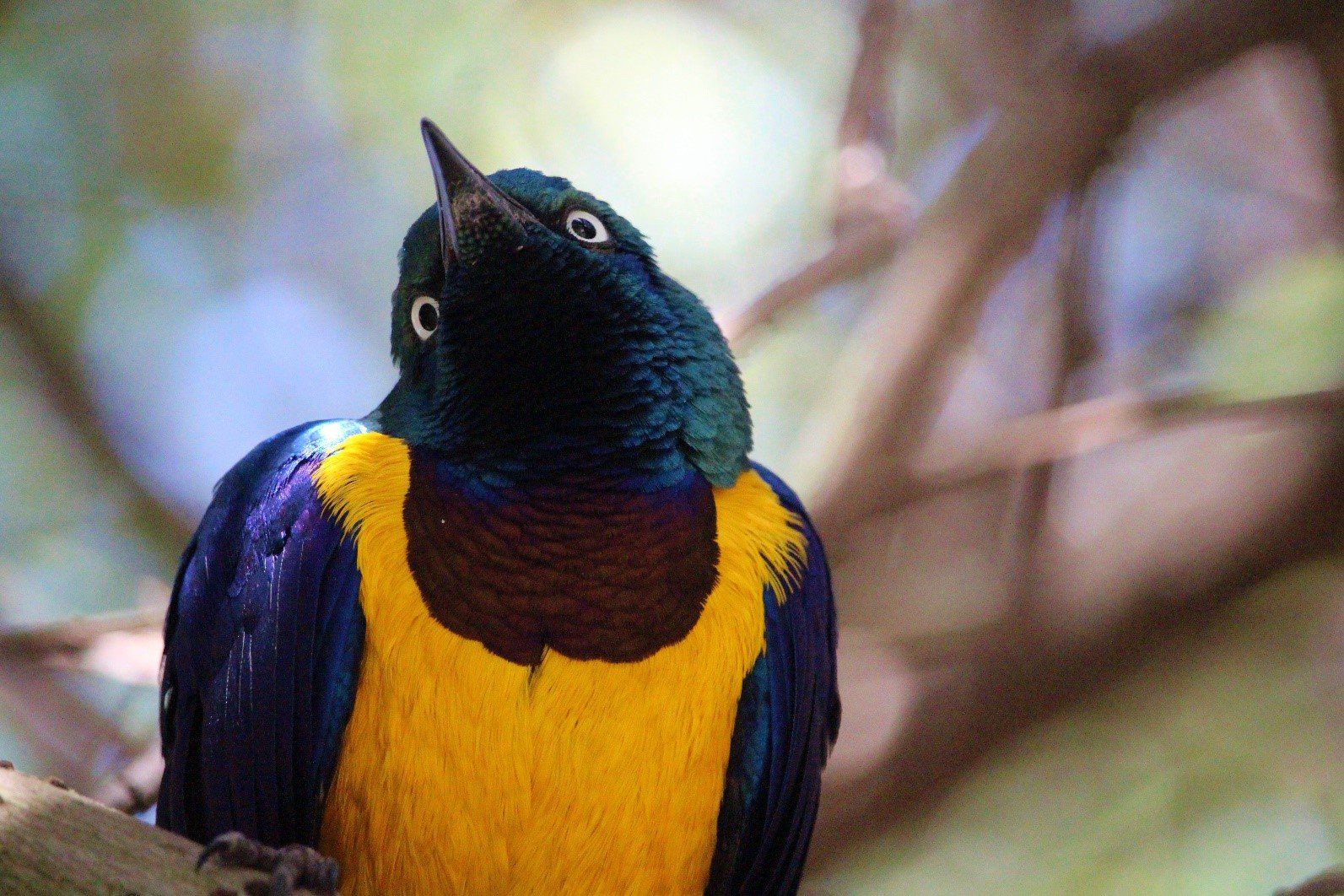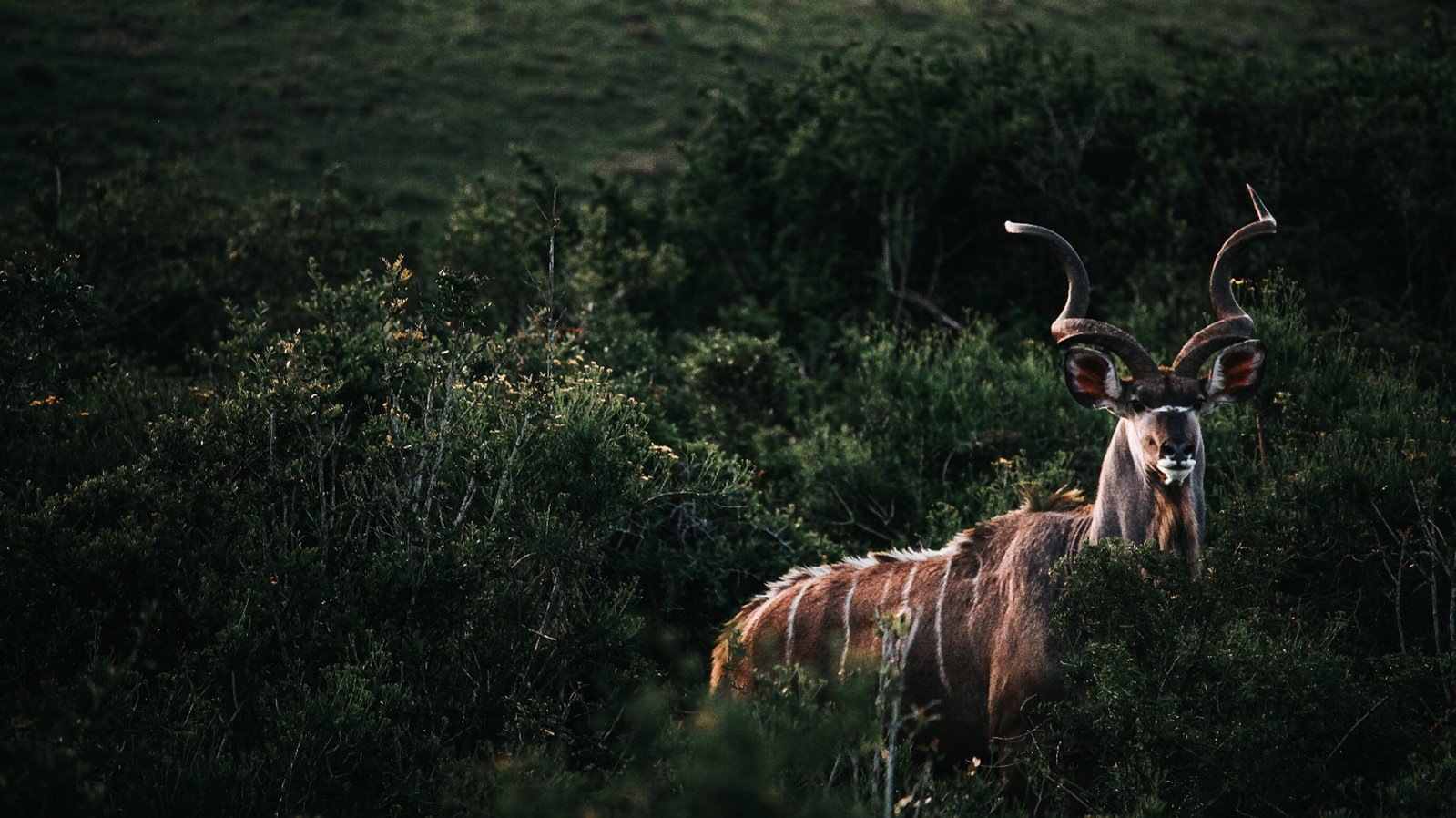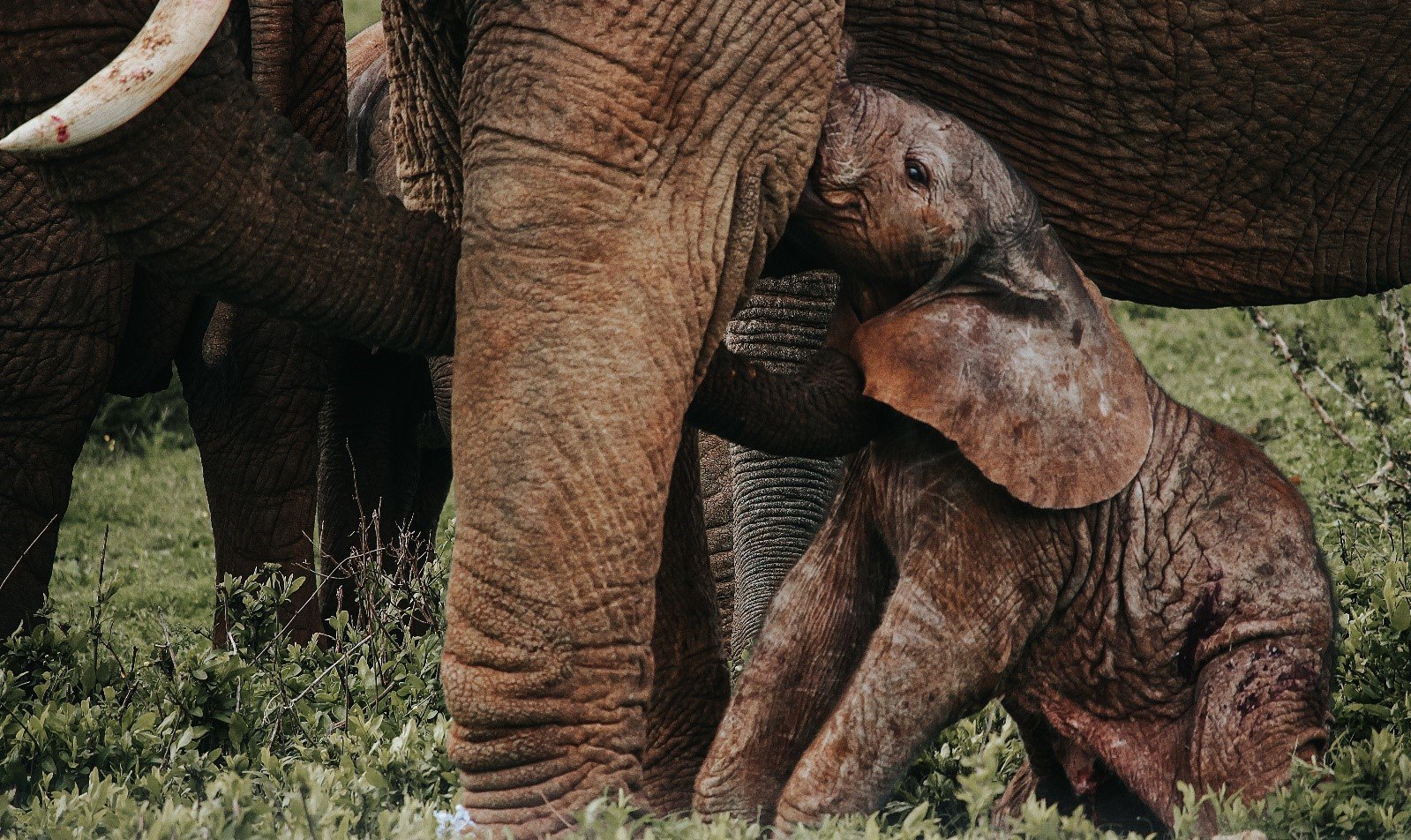A picture is worth a thousand words
Photos and videos are a powerful tool when documenting the natural world where often, there is an awful lot to say. But once we capture the moment, how do we use images effectively for science? And why should we collect them?
Photography is a spectacular blend of science and art. Since the camera’s inception and subsequent technological advances, the ability to instantly capture an accurate image forever changed the way we document the world around us. The digital age has also changed how we record information as part of scientific research, and how we use images to inspire and connect us with our natural world.

© Annie Post
So, once captured, how do we effectively link images to research? Photo identification work is one such use – providing digital records of individuals of a species through time and space, culminating in an extensive database. One example is FinBase, a photo-ID database for marine mammals. Scientists can take photos of identifying features such as notches on dorsal fins and enter these into the system to be catalogued. The system then runs searches based on the attributes to look for any matches in the database. Through these records, we can track movement, estimate population growth and decline, identify home ranges, and more.
The Australasian Fishes project, a collaborative AM citizen science project and hosted on arguably the largest citizen science platform in the world (iNaturalist), allows anyone to upload, identify, and comment on observations of Australian and New Zealand fishes. The site has built an extensive 'image library' that can be used to identify fishes, map their distributions, investigate changes in growth, pattern, and shape and more. This is a tool that not only connects and informs the public but also provides crucial data on effective conservation and fisheries management.

© Australasian Fishes Project
Camera technology also helps us track environmental changes. From time lapses of glaciers moving and melting, to comparative photography spanning decades that show the impacts of coral reef bleaching, there are several scientifically important uses of visual media. Videos that follow a tape measure laid out on a patch of ocean floor below, and a camera rocking back and forth with surging waves can make one quite nauseous (a subject on which I can speak with personal experience!) but this footage provides valuable data for statistical interpretation. These kinds of techniques can help us track our changing world and provide irreplaceable records for years to come.
In addition to providing scientific data, wildlife images give us a glimpse of the incredible biodiversity of our planet, including the stories from species we’ve lost. The thylacine, an extinct and unique Australian species, was fortunately captured on film prior to disappearing. These images, alongside preserved natural history specimens in museum collections, form an important historical record. We are currently facing another mass extinction and will likely see the last of many more species; the images we capture now will be important records for future generations if our efforts to conserve them fail.

Wildlife images give us a glimpse of the incredible biodiversity of our planet, including the stories from species we’ve lost (such as the Thylacine).
Image: Harry Burrell© courtesy of the Australian Museum
Observing and capturing unique behaviours, expressions, and personalities of different animals can generate that all important emotional connection and engagement with our natural world. You’d be hard pressed to find someone who hasn’t felt a level of awe while watching an Attenborough documentary – stunning images from the heart of some of the world’s most incredible natural events and visual stories sharing the weird and wonderful lives of many different species.
I have spent hours sitting and watching wild animals, looking for the behaviours and the moments that will lead to an emotionally engaging image or be useful in telling a story. On one occasion, a lioness I had been with had begun to stir in the late afternoon, getting ready to hunt for her supper. When she looked over at the vehicle, she fixed us with a stare that the rangers referred to as her ‘reading the menu’ expression. Capturing this look on camera has been a humbling reminder of just how these big cats have gained their fearsome reputation.

© Annie Post

© Annie Post

© Annie Post

© Annie Post
The trailer for Midway, a film by Chris Jordan is a powerful example of how images (and well selected music) can share the weight of an issue whilst creating emotional connections. It also poses a question that I have carried with me through nearly every wildlife encounter I have had over the last decade:
“Do we have the courage to face the realities of our time and allow ourselves to feel deeply enough that it transforms us, and our future?” ~ Chris Jordan, Midway.
In order to save species and protect biodiversity, we need to understand our world and to care about it – on a local and global scale. Natural history and wildlife photos and film remind us that we are not the only ones here; we co-exist with so many other incredible species. Out of sight is often out of mind, so we need these images to see the extraordinary diversity of awe-inspiring life around us – and we need to protect it.
Annie Post, AMRI Administration and Research Support Officer, Australian Museum; Wildlife photographer and cinematographer.
More information:
- Museum Archives and Research Library.
- Capturing Nature. Australian Museum Touring Exhibition.
- Finney. V. 2019. When photography came to the Museum. Explore Magazine.
- Vince, C. Capturing Nature: Early photography at the Australian Museum 1857 – 1893. Australian Museum media release.

